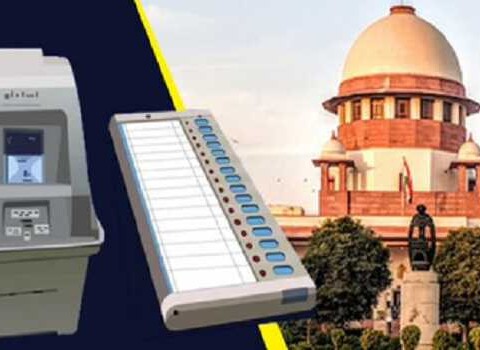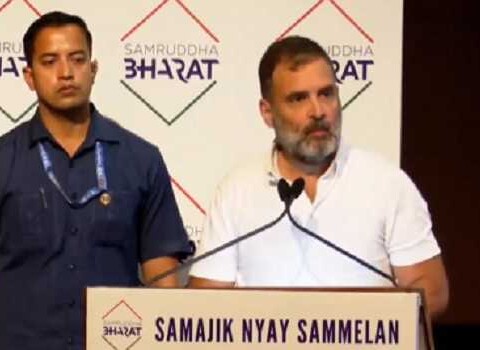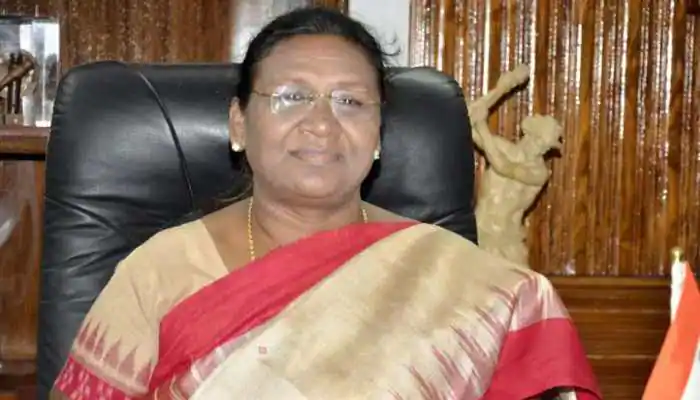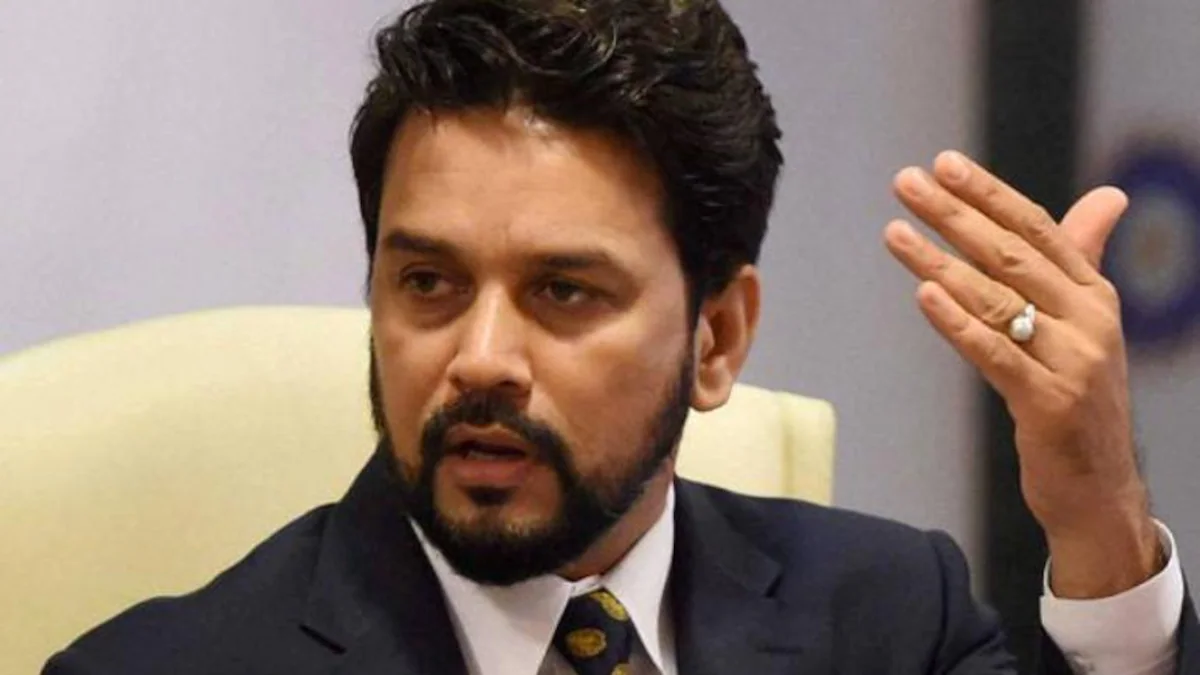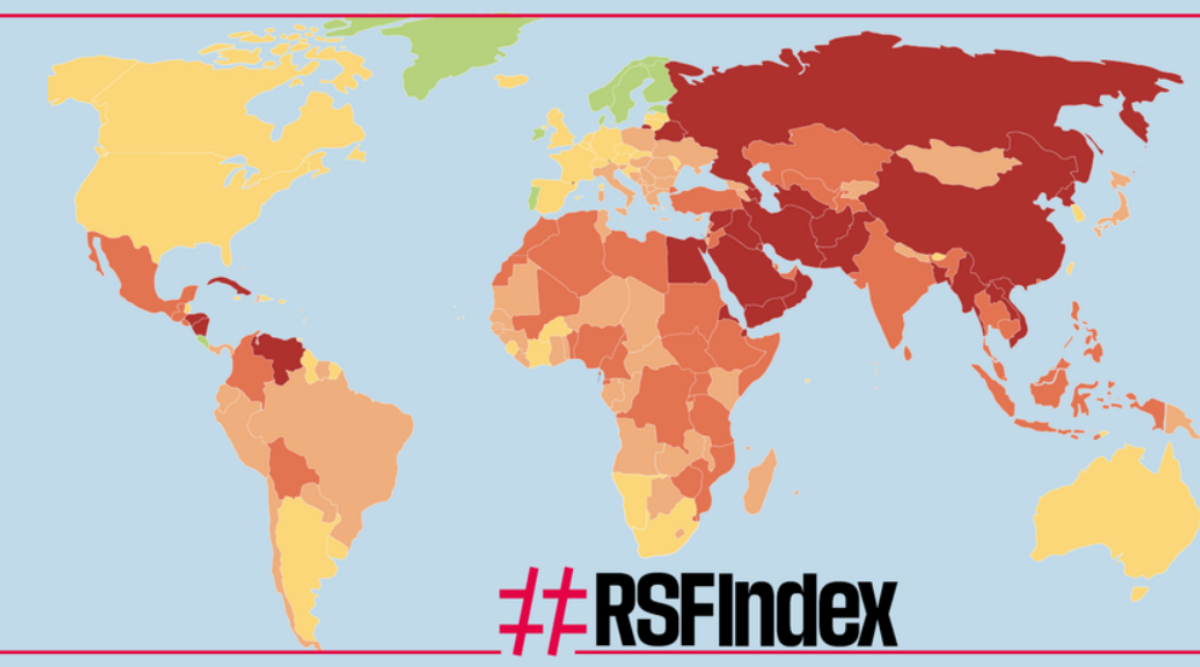Delayed progress or resolution in judiciary is responsible for increase in chances of money and muscle power
Mir Shahid
India is a Democratic country whose political setup rests on Montesquieu’s theory of separation of powers. Legislative, administrative and judicial organs of government are autonomous in their own spheres of functioning and activity.
Although parliamentary type of democracy prefers harmony in legislative and executive branches through dual membership and collective responsibility but the independence of judiciary is shared feature with federal polity of USA. Therefore Constitution established single, integrated and hierarchical judiciary in the whole country to enforce central as well as state laws. The Supreme Court enjoys sentinel position at the top of ladder with hierarchy of High Courts and subordinate courts thereof.
The judiciary is empowered with supreme powers in matter of disputes and the protection of fundamental rights of citizens. These powers are elaborated in the Constitution itself apart from number of codes framed to penalise civil and criminal convicts like IPC, CrPC etc. The essence of integrated and independent judiciary is to ensure that single Citizenship is correlated with single and uniform set of laws without discrimination.
But after decades a tragedy has befallen on citizens rather than protection against infringement of rights. The delays and the cost one has to bear for justice has perverted justice to oft repeated adage of “Justice delayed is justice denied”. In common parlance the spirit of “I will see you in court” is receding from the memories very fast. Its most often witnessed that the cases linger for years without any progress.
These impacts the case related evidences as the witnesses are found changing opinions with passage of time.
Delayed progress or resolution in judiciary is responsible for increase in chances of money and muscle power. The affluent section of society uses different methods to purchase or threaten the witnesses in favour which perverts whole story.
There are instances when petitioner himself abstains from pleading due to cost benefit analysis. All these effects are responsible for erosion of faith in judiciary among commoners in country. But why the delay occurs at all ? Are there any crisis in institutional mechanism of judiciary?
There are numerous institutional ,administrative and political causes responsible for this damage to judiciary. Judge to citizen ratio in India is alarming with heavy tilt towrads citizenry. There are only 30 judges in the SC to look after the issues related to 126 crore of population. If there’s a handsome number of Member Parliaments in the legislative organ there ought to have nip and tuck quantity in judiciary.
SC is heavily flooded by petitions of high profile cases like centre state, political parties, elections etc leaving less room to expedite process in citizen related matters. At state level the situation is not supposed to be different. According to estimate cases pile in thousands in our HC’s due to insufficient time for their hearing. To add to the tragedy on this matter established vacancies aren’t filled promptly. According to an estimate 25% vacancies are available in judiciary which await fulfilment.
Although NJAC was struck down due to collegiums establishment to refrain executive from encroachment of judicial independence, the delay in final nod of recommended candidates from executive is endangering. The recent adoption of MOP needs to be executed in faster mode for quick confirmation of collegiums recommendations.
The complex Democratic setup with advancement in technology, industrial development, environmental concerns, social friction, materialism leading to premature dissolution of marriage at times etc have put heavy pressure on courts.
The cases pile in huge numbers at SC which await hearing from years and the number is astronomical in HCs. On the judicial side adjournments granted on flimsy grounds by judges adds to tragedy. The lawyer’s absence at appropriate time due to other case in other room leads to futher delay.
Herein lies the analysis of some rules in judicial machinery like granting 1 month time for submission of reply followed by reminder to reminder wastes precious time. It creates distress in petitioners which most often seems uninterested to follow the case after sometime. On the other side of story the judiciary still functions through paper work and hand written notes even after initiation of biometric attendance in executive offices.
This style of working wastes time of Lawyers to study references, cases and other provisions related to case. The court of records shines on records maintained through papers. And last among the problematic area is rising incidences of corruption in judiciary.
The money power used by well offs to voluntarily delay the case or at times pay hush money to honourable judges adds further stress. All of the said reasons prepare the necessary material for delay of case leading sometimes to death of petitionser in extreme cases. But as is said “Problem is attached with evermore solution”.
MOP brought after struck down of NJAC need to be attached with time line for executive to clarify the selection of judges. The judge to citizen ratio is an immediate focussed area. Either the increase in retirement age or the service of retired judges can be explored in immediate sense.
This need to be followed by enhancement in judge membership in SC compatible to pending cases from international practices. The High court arrears commission 1969 recommendations need to be strictly implemented in judiciary which calls on judges to write concise judgements and avoid writing individual judgements like in Right to Privacy Justice Chamleswar wrote individual judgement which at times leads to further appeal and so on. Also the method of filing arguments in written form can be adopted to save precious time consumed in hearing which at times doesn’t catches due to absence of either party.
To lessen the burden of specific matters Law Commission in 114th report recommended establishment of Gram Naylas to expedite legal resolution of local matters which evolve as trivial in nature after years of pendency in higher courts. In order to expedite process in specialised cases there’s a need to assign cases as per specialisation of judge or the attachment of technical officers at ground level as in labour, taxation ,crime ,family matters etc. This helps in fixing the broad narratives and thus serves in quick resolution.
The recommendations of 11th Finance commission to establish fast track courts to help regular courts in some specific matters. Recently SC ordered establishment of Fast Track Courts to resolve criminal tainted political leaders cases in fast tempo. Decentralization of Justice delivery mechanism is the need of hour. Panchayat Naylas as adopted in J and K Panchayat act to be headed by qualified judge certainly lessens burden in higher judiciary.
And last but most specific area of focus is speedy computerisation of judiciary to help in enhancement of early disposal of cases. It helps private as well public lawyers in access of SC references and other legal knowledge to reach conclusion in short cut manner. Moreover judicial transparency and Accountability also impacts the fast justice delivery mechanism. There’s a need of NJAC to look for accountability of judiciary.
There’s an immediate need to bring judiciary under RTI provisions because judiciary is the real justice disbursement institution in country where there’s no room for money and muscle power. The vacation system of judiciary should be brought at par with executive module to utilize more and more time in case disposal service. Another problem crepting is the serving judges are drawn for commissions of enquiry without proper replacement.
And the convention of appointing in-service judges for some outside institutions like interstate water dispute tribunal shall be done away with. There’s a pool of experienced retired judges who can be called off for such service. Concluding to say to turn clock back to Case filed and the justice done from delayed to deny is the shared responsibility of judiciary as well as executive. Malimath commission, NCRWC 2002, 2nd ARC report etc have suggested widespread reforms in judicial system of India. All it needs is the political vision and judicial farsightedness for quickly resolution of disputes and disbursement of justice for the citizens of country. The commoners await when the adage is soon forgotten and the nitty-gritty of judicial branch returns to path of quick disposal of pending cases.
Writer Shahid Majeed Mir hails from Misribehak Machil Kupwara and can be reached at [email protected].
This Article Earlier Published in Print Edition of ‘ The Legitimate’




